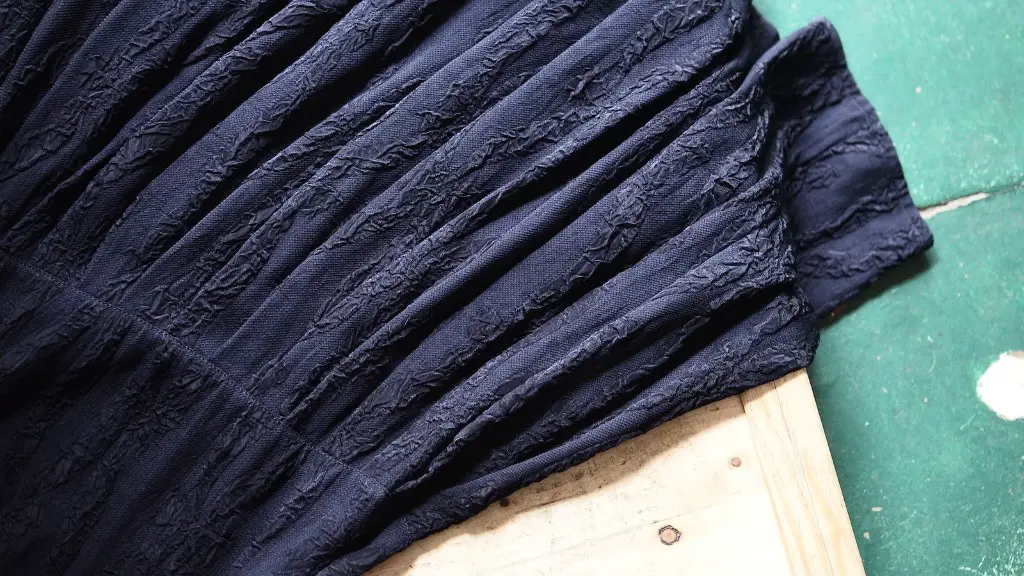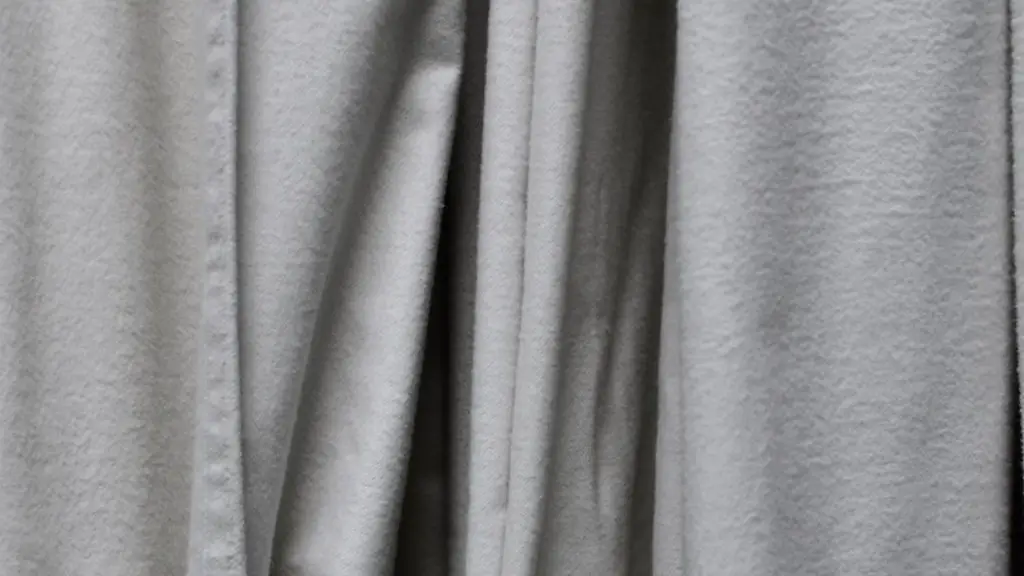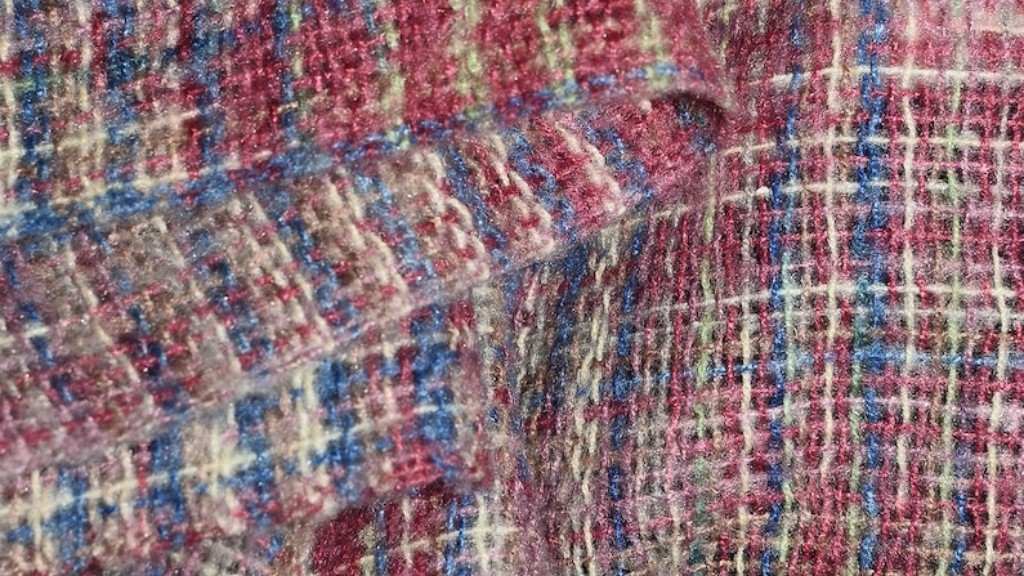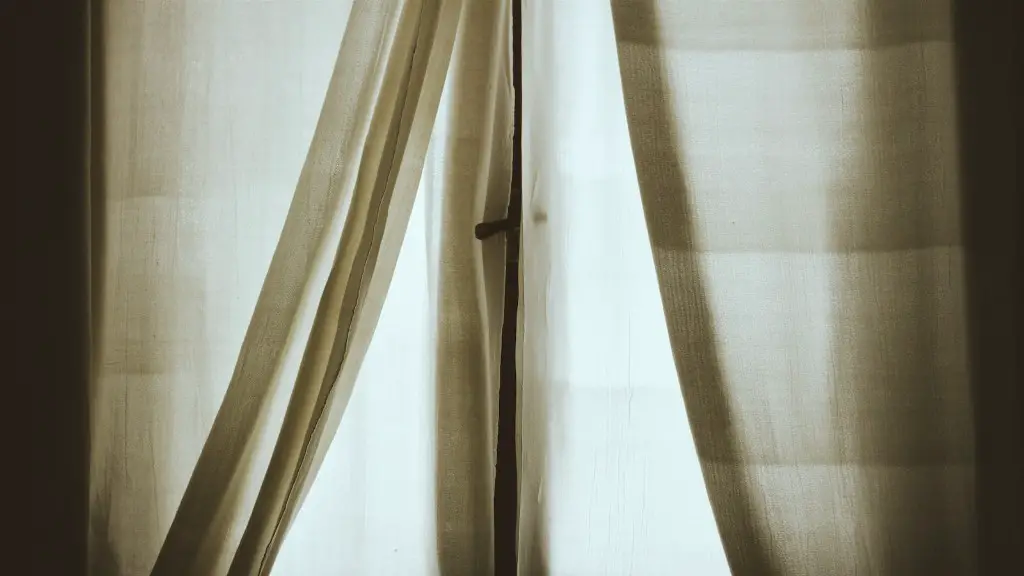Mold and mildew can form on your curtains if they are not properly cleaned and dried. If you see mold or mildew on your curtains, you’ll need to clean them as soon as possible. Here’s how to get rid of mold and mildew on your curtains:
Mold can be removed from curtains by using a vacuum cleaner with a soft brush attachment. The brushes will help loosen the mold and mildew from the fabric.
Can mold be washed out of curtains?
If your curtains are machine washable, use a gentle detergent and a gentle wash cycle. Otherwise, play it safe and fill a tub with a mild detergent or baking soda and vinegar concoction. From here, gently hand-wash the fabric until sparkling clean.
If you notice any mould on your curtains, it’s important to clean it as soon as possible. A stain remover can be used on any discoloured areas, or you can use a mixture of vinegar and baking soda to help with both the discolouration and the smell. Your curtains can then be washed in a hot cycle in your washing machine to kill any mould on the fabric.
What kills mold in fabric
White distilled vinegar is an excellent mould-killer and can be used to pre-soak clothing or added to your washing machine cycle to kill mildew odours and brighten whites.
If you have mould or mildew on your curtains, the best way to remove it is by brushing it with a stiff-bristled brush. You can also vacuum them instead of brushing, but you’ll need to throw out the vacuum bag afterward, since it will likely be contaminated by mould and mildew spores.
Can mold on curtains make you sick?
If you have mold in your home, it is important to clean it up as soon as possible. Mold can cause health problems, especially for people with allergies or asthma. Mold exposure can irritate your eyes, skin, nose, throat, and lungs.
Moulds produce allergens which can cause an allergic reaction like sneezing, runny nose, red eyes and skin rash. Moulds can also cause asthma attacks.
Does dawn and vinegar remove mold?
If you’re looking for a safe and effective way to clean mold in your home, look no further than white vinegar, baking soda, hydrogen peroxide, and detergent or soap. These four simple ingredients can safely and effectively remove mold, leaving your home clean and mold-free.
If you have mold on any surfaces in your home, it’s important to clean it up as soon as possible. Mold can cause health problems, so it’s best to get rid of it as soon as you can.
To clean mold, start by letting vinegar sit on the affected area for at least an hour. Then, use a brush with soft bristles to scrub the moldy surface until the mold comes off. If you’re scrubbing a rougher surface, you might need a thicker brush. Finally, dry the area completely with a clean rag and throw away the used rag and brush.
How effective is vinegar at killing mold
Vinegar is a mild acid that kills 82% of mold species. It’s often used as a natural and nontoxic alternative to cleaning chemicals when it comes to killing household mold. Cleaning vinegar, which contains 6% acetic acid, is the best type for killing mold.
If you have mold on a soft surface, you can try cleaning it with vinegar. Spray the vinegar onto the moldy surface and leave it for an hour. Then wipe the area clean with water and allow the surface to dry. Any smell should clear within a few hours.
Can mold be washed out of fabric?
Bleach is an effective way to remove mold and mildew from clothing made out of white cotton, according to Joyce. To remove the stains, mix a solution of one part bleach to three parts water and apply it to the affected area. Allow the solution to sit for a few minutes, then launder the clothing as usual.
Clothes that have been exposed to mold spores should be immediately washed and dried for a longer time frame than usual. This will keep the clothes clean and free of any further contamination. Be sure to rinse the clothes thoroughly and soak them for 5 minutes in two cups of bleach or sodium hypochlorite before putting them in the washer.
What’s the difference between mould and mildew
Mildew often refers to a specific kind of mold, one that is characterized by a flat growth habit. However, the term can also be used generically to refer to any kind of mold growth. Molds are a type of microscopic fungi that grow in the form of multicellular filaments, called hyphae. Some molds can cause disease in humans and animals, while others are simply unsightly.
A hard bristle brush with stain remover is a good combination for removing mould. You should also consider machine washing and then air drying to try to work the worst of the mould off. Bleach-based products are also a good choice, but you’ll need to do your research to make sure you get this right as much as possible.
Is mildew the same as black mold?
If you see a patch of gray or white fungus on a moist surface, it’s mildew. Mildew is easy to treat with a store bought cleaner and a scrubbing brush. If you see black or green fungus, it’s mold. Mold is often the result of a much larger infestation.
Mold and mold spores can cause allergic reactions in some people. These reactions can include hay fever-type symptoms, such as sneezing, runny nose, red eyes, and skin rash (dermatitis). Allergic reactions to mold are common, and they can be either immediate or delayed. If you have an allergy to mold, you should avoid exposure to it as much as possible. If you must be around mold, you should take steps to protect yourself, such as wearing a mask or gloves.
Conclusion
To get mold off curtains, mix one part bleach with three parts water in a spray bottle. Spray onto the moldy areas and scrub with a brush. Rinse with clean water and dry completely.
1. Inspect your curtains for any mold growth.
2. If you see any mold, mix equal parts water and white vinegar in a spray bottle and spritz onto the moldy areas.
3. let the mixture sit for a few minutes, then scrub the moldy areas with a brush.
4. Rinse the curtains with clean water and let them air dry completely.





